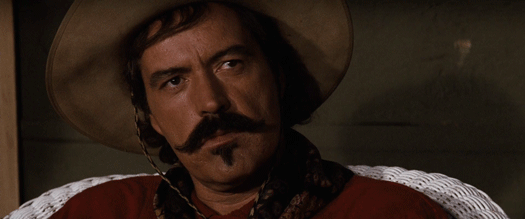The president has tried to minimize their friendship, but documents and interviews reveal an intense and complicated relationship. Chasing women was a game of ego and dominance. Female bodies were currency. read more
President Donald Trump's contentious speech on the economy Wednesday night contained his usual exaggerations and falsehoods, but his most prominent lie was one that too many have come to accept as truth. read more
President Trump struggled to stay awake while discussing his order reclassifying marijuana. read more
A new poll from Quinnipiac University found that a majority of respondents believe President Trump is more responsible for the state of the economy than former President Biden. read more
House Speaker Mike Johnson is conveniently sending Congress home the day before the Justice Department is supposed to release the Epstein files in full. read more
NPR did a good piece on this this morning. www.npr.org
"Two to three hundred thousand people die every year, that we know of, so we're formally classifying fentanyl as a weapon of mass destruction," Trump said.
In fact, Trump's numbers are wildly inflated. According to a report from the Centers for Disease Control and Prevention, fentanyl killed roughly 48 thousand people in the U-S last year - a 27 percent drop from the year before.
Experts also say fentanyl would be difficult to use as a weapon of mass destruction. There is only one documented incident worldwide, in 2002, where the Russian government weaponized fentanyl in gas form. There have been no cases reported in the U.S.
"It is not evident that there is any basis or need for, or net benefit to, officially designating fentanyl compounds as weapons of mass destruction," concluded a 2019 report by the Center for the Study of Weapons of Mass Destruction at the National Defense University.
Jeffrey Singer, a physician and an expert on street drugs at the Cato Institute, said people are dying from fentanyl in the U.S. because of widespread opioid addiction, not because cartels are deliberately weaponizing the drug.
"I don't know how you can equate smugglers meeting market demand and selling something illegal to someone who wants to buy it as an act of war," Singer said.
Most drug policy experts also say designating fentanyl as a WMD isn't likely to cut the supply of drugs on American streets or slow US overdose deaths.
--
"Whatever actions are taken in the Caribbean have no effect on fentanyl," she said. Cartels operating in the Caribbean region are heavily involved in cocaine trafficking, Felbab-Brown said, but much of that illegal product goes to countries other than the United States.
Others shared the view that the military strikes are likely to be ineffective and could even be counter-productive.
"All we're doing is making the cartels come up with more potent and powerful forms of drugs to smuggle," said Singer, at the Cato Institute.
His fear is that more cartels will shift drug production away from cocaine - a risky but far less lethal street drug " and will pivot to dealing deadlier synthetic substances such as fentanyl, methamphetamines and nitazenes that can be produced and smuggled more easily.
"The added risk makes it necessary for them to do that," Singer said.

#10
Kohler's Tiny Toilet Camera Analyzes the Contents and Reports Back to You